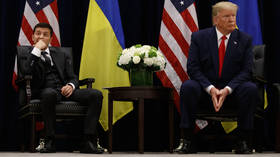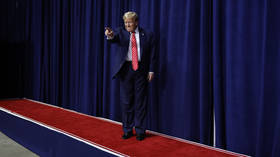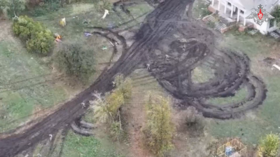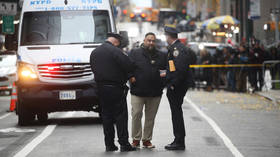Milky Way could be slingshotting entire STARS beyond the edge of the galaxy
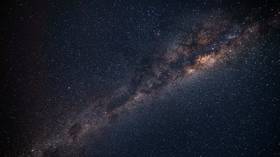
Using incredibly sophisticated computer models, astronomers now believe that the Milky Way is launching stars out from its core to the fringes of the galaxy with mind-boggling levels of force.
The research, carried out at the University of California, Irvine, found that clusters of supernovas near the heart of the Milky Way galaxy were exploding with such force that they fired jets of gas towards outer space, beyond the classical disk of our home galaxy.
This so-called ‘supernova feedback’ could account for roughly 40 percent of these outer-halo stars, while the total number of stars produced by the supernova bubbles is around two percent of the galactic total.
Also on rt.com Astronomers detect supernova so powerful it was previously thought IMPOSSIBLEThe gas is expelled, cools and forms stars on its way out of the galaxy, which end up with unusual or eccentric orbits that can run contrary to the regular swirl of the Milky Way. These stars, shown in the hyper-realistic computer simulations, upend our current understanding of star system formation and evolution.
"These highly accurate numerical simulations have shown us that it's likely the Milky Way has been launching stars in circumgalactic space in outflows triggered by supernova explosions," said senior author James Bullock.
The team added that, while their findings are based on simulations, there is a substantial amount of observational evidence for extragalactic star formation. Stars that are heavier and richer in metals, like our sun, rotate around the center of the galaxy at a predictable speed in a predictable pattern.
Also on rt.com Star proves Einstein’s theory as it orbits supermassive black hole in stunning ‘SPIROGRAPH’ pattern (VIDEO)But less metallic stars that have undergone fewer cycles of nuclear fusion than our sun are more unpredictable, and have been observed rotating in the opposite direction, showcasing the force with which they have been shot out by the supernovas.
“They show us that as the galaxy center is rotating, a bubble driven by supernova feedback is developing with stars forming at its edge. It looks as though the stars are being kicked out from the center,” lead author Sijie Yu explained.
Think your friends would be interested? Share this story!


